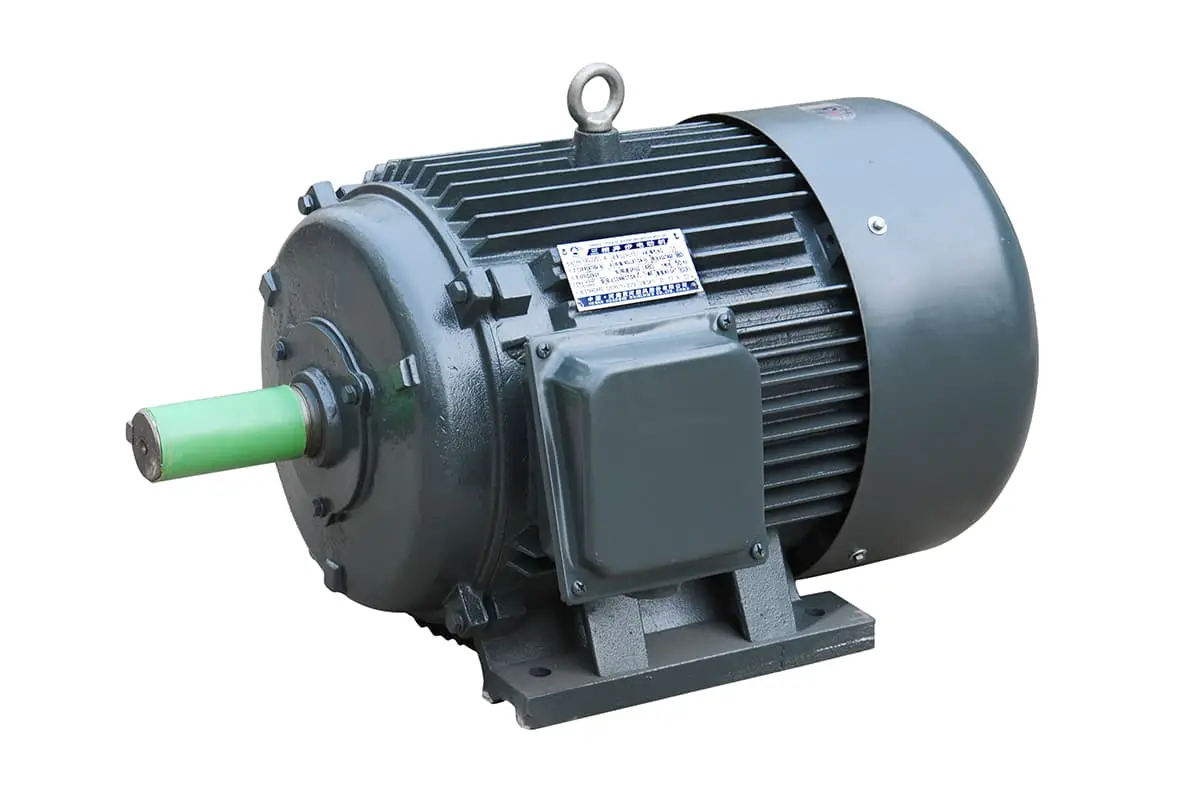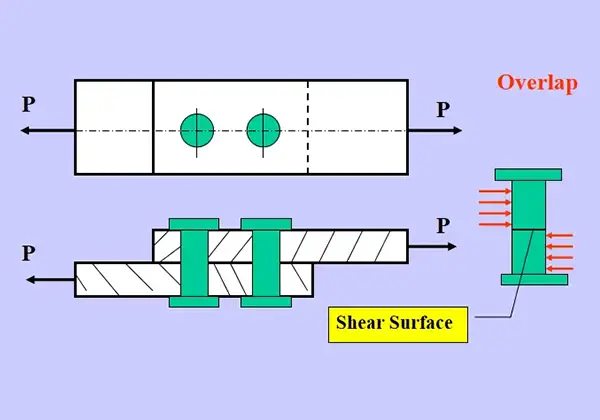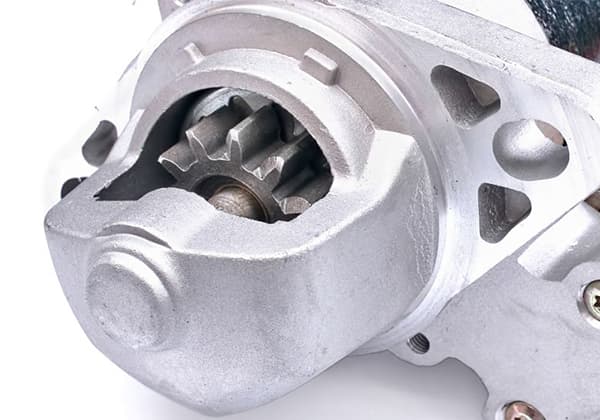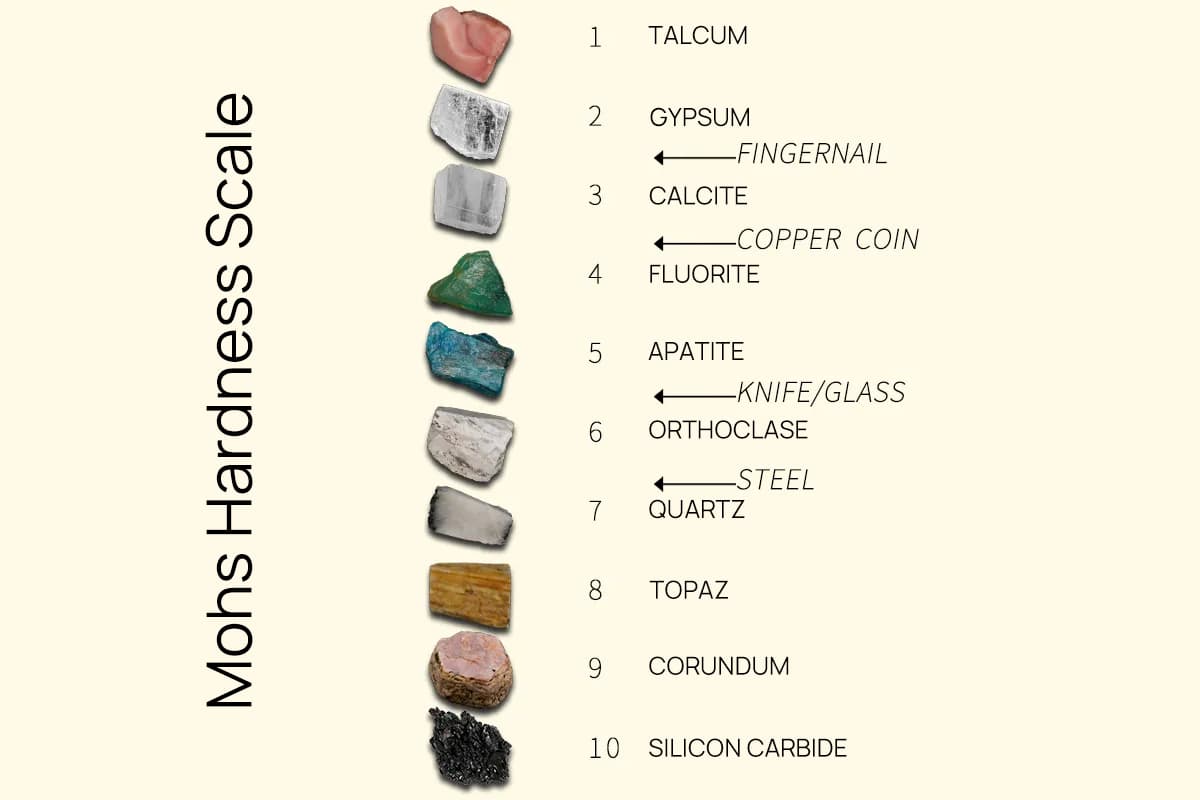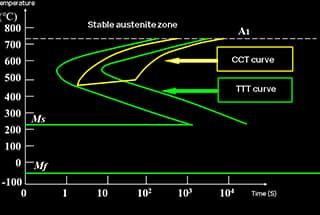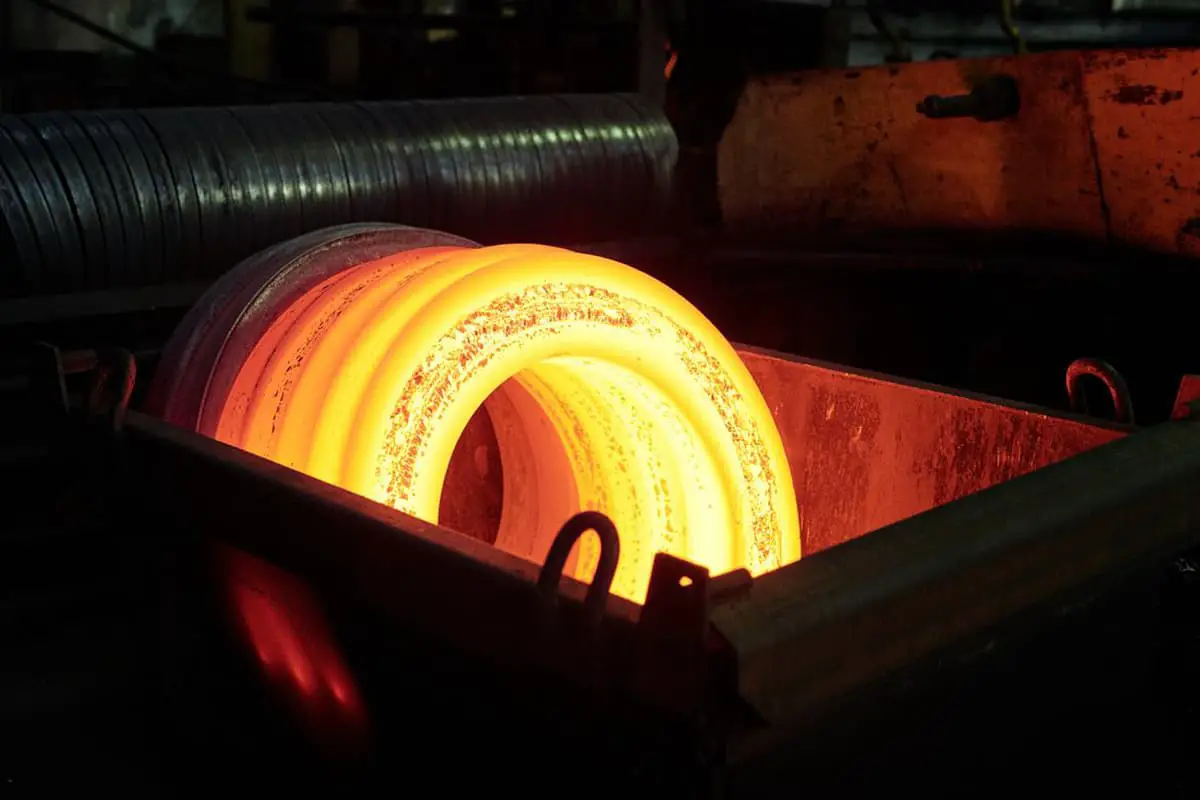
The conductivity tester is mainly used to detect the conductivity, resistivity, thermal conduction effect, heat dissipation effect, heat treatment condition, purity, etc., of non-magnetic colored metals such as copper and aluminum… It has an auto-compensation function. The conductivity measurement results are automatically corrected to a value at 20℃. The normal working environment temperature is 0℃ […]
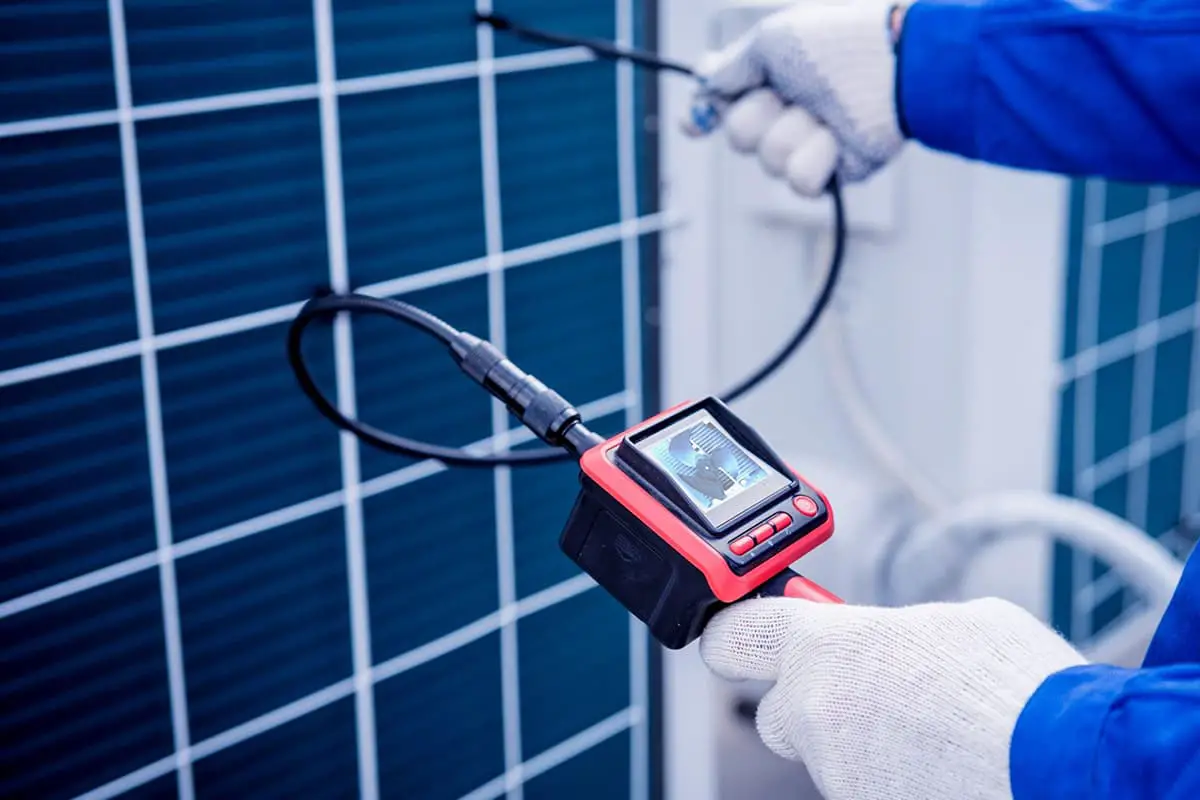
The conductivity tester is mainly used to detect the conductivity, resistivity, thermal conduction effect, heat dissipation effect, heat treatment condition, purity, etc., of non-magnetic colored metals such as copper and aluminum… It has an auto-compensation function. The conductivity measurement results are automatically corrected to a value at 20℃. The normal working environment temperature is 0℃ to +50℃, and relative humidity is 0 to 95%.
Conductivity has a great relationship with temperature. The conductivity of metals decreases as the temperature increases. The conductivity of semiconductors increases as the temperature increases, and within a certain temperature range, conductivity can be approximated as being proportional to the temperature.

In order to compare the conductivity of substances under different temperature conditions, a common reference temperature must be set.
The correlation between conductivity and temperature can often be expressed as: the slope of the conductivity versus temperature graph.
Appendix 1: Reference table of conductivity values and temperature coefficients for common materials.
| Metal | Electrical Conductivity(20℃) | Temperature Coefficient (Parameter)(20℃) | |
| %IACS | MS/m | ||
| Soft Copper | ≥100 | ≥58 | 0.0038 |
| Hard Copper | ≥97 | ≥56.26 | 0.0038 |
| Soft Aluminum | ≥61 | ≥35.4 | 0.0040 |
| Hard Aluminum | ≥59.5 | ≥34.51 | 0.0040 |
| Gold | ≥70.7 | ≥41 | 0.0034 |
| Silver | ≥108 | ≥62.5 | 0.0038 |
| Brass | ≥25 | ≥14.5 | 0.0020 |
| Aluminum Bronze | ≥9 | ≥5.2 | 0.0005 |
| Titanium | ≥3.6 | ≥2.08 | |
| Lead | ≥7.8 | ≥4.5 | 0.0039 |
| Tungsten | ≥15 | ≥8.7 | 0.0042 |
| Zinc | ≥30 | ≥17.4 | 0.0037 |
| Nickel | ≥22 | ≥12.8 | 0.0060 |
| Magnesium | ≥38 | ≥22 | 0.0040 |
| Average Value | 0.0026 | ||
Appendix 2: Technical Specifications for the Sigma Conductivity Tester
| Product Model Project | Sigma 2008 | Sigma 2008B, C |
| Operating Frequency | 60KHz Sine Wave | 60 KHz and 500KHz |
| Electrical Conductivity Measurement Range | From 0.8% IACS to 110% IACS, 0.46 MS/m to 64 MS/m or resistivity from 0.01560 to 0.02170 ohm·mm²/m. | |
| Resolution | 0.01 %IACS (when less than 51% IACS); 0.1% IACS (within the range of 51% IACS to 110% IACS) | |
| Measurement Accuracy | ±0.5% (when the temperature is at 20℃); ±1% (when the temperature is between 0℃ to 40℃) | |
| Lifting Effect | Probe compensation is 0.5mm | |
| Temperature Measurement | 0℃ to +50℃ (with an accuracy of up to 0.5℃) | |
| Automatic Compensation Function | The conductivity measurement result is automatically corrected to the 20℃ value | |
| Normal Operating Environment | Temperature from 0℃ to +50℃, relative humidity from 0% to 95% | |
| Display | Large LCD screen, with backlight, displays multiple important parameters simultaneously. | |
| Power Supply | Three AA rechargeable batteries (Ni-MH) or three 1.5 volt AA alkaline rechargeable batteries can work continuously for more than 16 hours (without backlight). | |
| Probe | Type A machine is equipped with a probe of 14mm diameter and a working frequency of 60KHz.Type B and C machines are equipped with a probe of 14mm diameter with a working frequency of 60KHz and a probe of 8mm diameter with a working frequency of 500KHz. | |
| Reading Storage | Can save 500 measurement data files | |
| PC Communication Method | RS 232 serial port | |
| Mainframe Weight | 0.5KG (including battery) | |
| Mainframe Size | 220mm×95mm×55mm | |
| Instrument Casing | High impact-resistant, waterproof engineering plastic shell | |
| Packaging and Protection | High impact-resistant, waterproof aluminum alloy portable case, equipped with instruments, probes, communication cables, operation manuals, conductivity standard blocks, chargers, and instrument stands | |
| Attachments | Three random conductivity standard test blocks are included, and more standard test blocks are available for purchase by the user. | |

